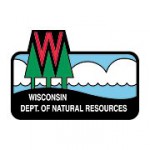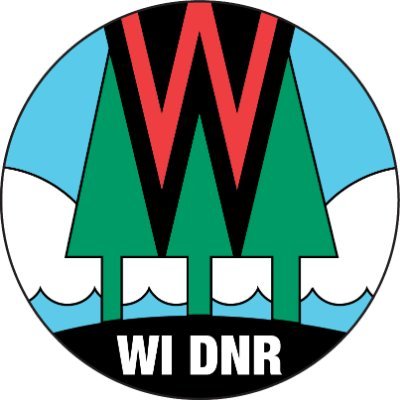Collaborative Aquatic Invasive Species Detection Reveals New Discoveries
MADISON, Wis. – The Wisconsin Department of Natural Resources (DNR) and partners monitored more than 1,000 locations and documented over 150 new populations of aquatic invasive species in 2020.
The DNR recognizes the invaluable contributions of its monitoring partners around the state, particularly the assistance from volunteers, who were simultaneously adhering to the COVID-19 protocols in place.
Less than 15% of all monitoring efforts uncover a new aquatic invasive species population. Less than 1% of efforts reveal a prohibited species under Wis. Admin Code 40 (NR40) that is not already established in the state. Fortunately, most discoveries in 2020 were of commonly managed species like curly leaf pondweed (Potamogeton crispus), purple loosestrife (Lythrum salicaria) and yellow iris (Iris psuedocorus).
Monitoring efforts did uncover eight new instances of NR40-prohibited species – all of which were confined to private ponds and small localized areas. These discoveries included floating marsh pennywort, Japanese stiltgrass, starry stonewort, butterfly dock, common reed grass, water lettuce and graceful cattail. Visit the DNR website for a comprehensive list of the 2020 discoveries.
Every new invasive species discovery triggers the DNR’s Invasive Species Response Framework to ensure consistent evaluation and recording steps are followed. When small, isolated AIS populations are discovered, they can be easily contained and possibly eradicated or controlled before they have a chance to spread to public waters. Likely sources of these new NR40-prohibited species are from contaminated watercraft or water garden stock – purchasing from local nurseries is one way to reduce the risk of the water garden pathway.
Check out the UW Extension and River Alliance of Wisconsin’s programs like aquatic invasive species Snapshot Day, Citizen Lake Monitoring Network and Water Action Volunteers to join the volunteer monitoring efforts.
Members of the public who wish to control invasive species on their properties must receive a permit from the DNR’s Aquatic Plant Management Program to manage these species with herbicides. No permit is required for manual removal.
Contact a local lakes biologist to learn more about the removal of invasive species.
NOTE: This press release was submitted to Urban Milwaukee and was not written by an Urban Milwaukee writer. While it is believed to be reliable, Urban Milwaukee does not guarantee its accuracy or completeness.
Mentioned in This Press Release
Recent Press Releases by Wisconsin Department of Natural Resources
DNR Confirms CWD in Wild Deer in Clark County
Jan 5th, 2026 by Wisconsin Department of Natural ResourcesBaiting And Feeding Ban Extended
DNR Confirms CWD in Wild Deer in La Crosse County
Dec 22nd, 2025 by Wisconsin Department of Natural ResourcesBaiting And Feeding Ban Extended






















